The world is full of wonders, and, happily for us, many of them line the world’s best treks. From challenging walks between, over and around the world’s highest peaks, to long-distance trekking pilgrimages through ancient worlds and nature’s greatest wildernesses, we’ve gathered ten of the world’s best treks to inspire your next adventure.
Read on, then pack your bags.
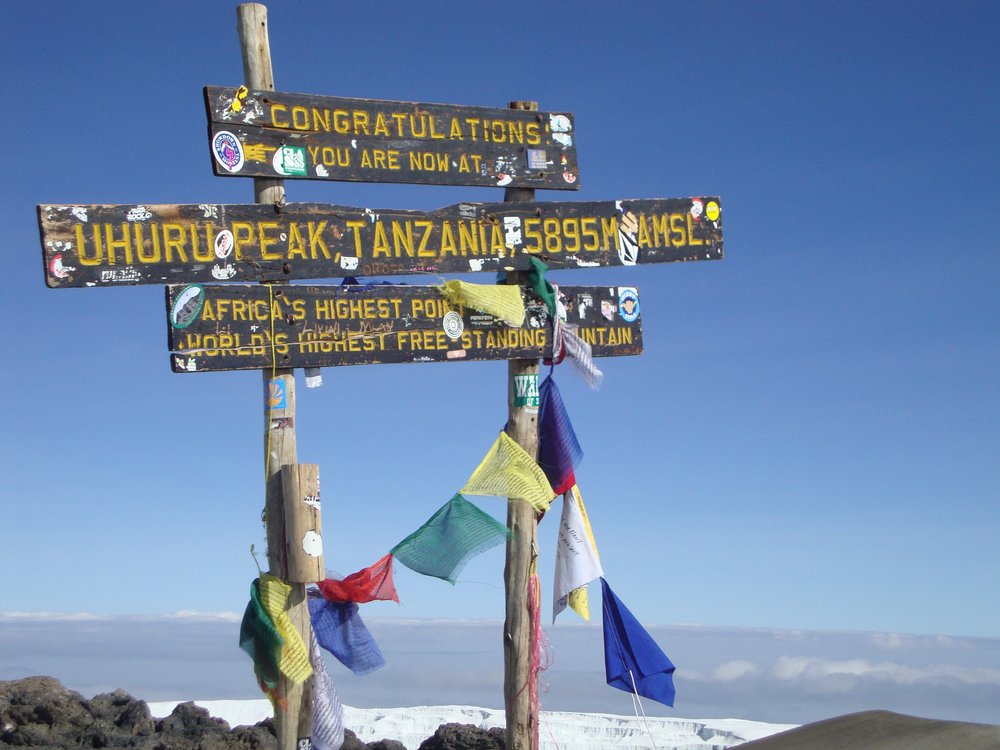
Kilimanjaro
Why is Kilimajaro a Best Trek?
Our only direct summit trail, this Kilimanjaro trek can lead you to the top of Africa within a week.
Where is it?
North-east Tanzania, Africa.
How long does it take?
67 km (42-mile) Lemosho Route trek takes 6 days. Other routes are available.
Who is it for?
A well-prepared and moderately fit trekker (getting the right kit list is also key to this summit trek).
Tell me more:
Towering over Tanzania, Kilimanjaro is the only summit we visit directly on our list of the world’s greatest treks. Africa’s highest peak, standing at 5,895 m (19,341 ft), this trek is an opportunity to bag one of the Seven Summits without needing any mountaineering experience.
Reaching Uluru Peak, the highest of Kilimajaro’s three volcanic summits, is far from guaranteed. Some routes are completed by as little as 50% of the hikers who set out. There are a variety of routes available, approaching the mountain from all sides. The 67 km (42-mile) Lemosho Route that we’ve chosen approaches from the west and offers some of the most remote wilderness and the steadiest incline up to the roof of Africa.
Rainforest, alpine and glacial valley landscapes greet you throughout this route whose diversity contrasts the more barren landscape of Mount Kenya (5,199 m/ 17,057 ft), a challenging technical peak found to the north. Preparation is key for the Kilimajaro summit trek, with temperatures fluctuating between day and night. Backcountry camping experience is essential too.
But if you’ve prepared correctly, you’ll enjoy an unrivalled view of the African landscape as you stand on top of the continent’s most iconic mountain less than a week after setting out.
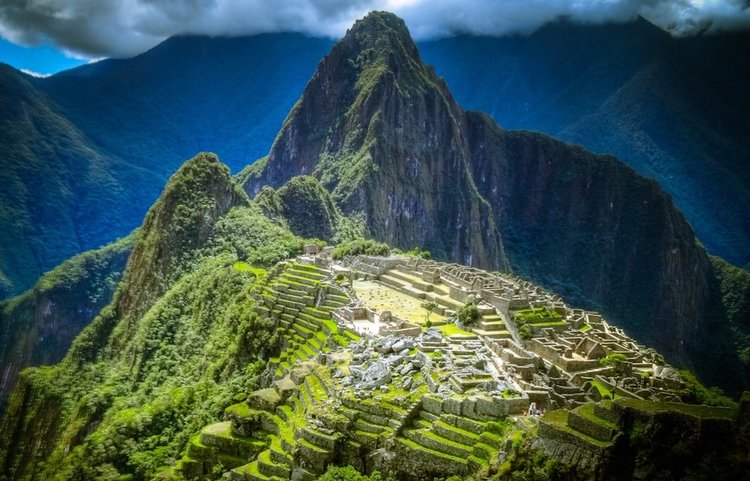
Inca Trail
Why is the Inca Trail a Best Trek?
Step back in time and marvel as you follow a pilgrimage trail of this ancient culture to one of the world’s greatest sunrises.
Where is it?
Peru, South America.
How long does it take?
43 km (26-mile) trek taking 4-5 days.
Who is it for?
Anyone with a hunger for both beauty and history.
Tell me more:
One of the world’s greatest walks travels through one of the world’s greatest ancient cultures. The Inca Trail is part of the former empire’s network of trails that stretch 40,000 km (25,000 miles) across the west coast of South America. To end the trek witnessing the sunrise in Machu Picchu is to experience one of the mankind’s great wonders.
The trails, which are challenging in places, follow old pilgrimage routes to the ancient city, with former ritual sites dotted throughout the route. There are also numerous ancient staircases to navigate and stone embankments to cross. Notable highlights of the Inca Trail including Phuyupatamaca, otherwise known as the ‘Town in the Clouds’, and Sayaqmarca, the ‘Inaccessible Town’.
While one of our shorter Best Treks, the Inca Trail is the premier trek for experiencing the beauty, ingenuity and history of this unique, ancient civilisation. Be sure to book ahead, as this trek can be busy, even outside of the summer peak season.
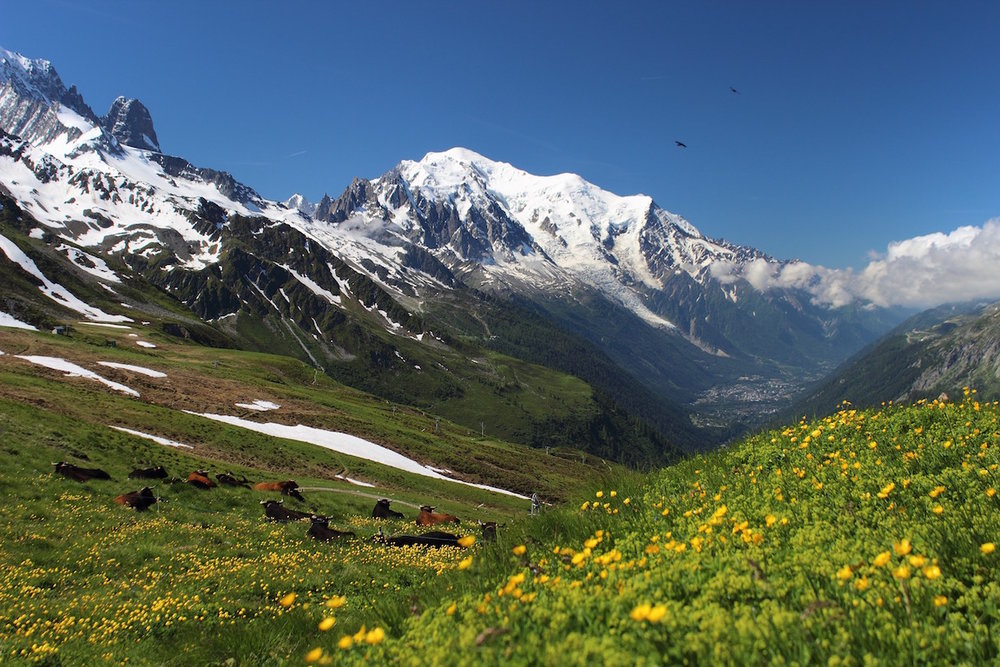
Tour du Mont Blanc
Why is the TMB a Best Trek?
The TMB is one of the best organised, most varied and most accessible multi-day treks in the world, circling Europe’s premier mountain.
Where is it?
Circumnavigates the Mont Blanc massif, passing through south-east France, north-west Italy and south-west Switzerland.
How long does it take?
170 km (106-mile, standard route) trek taking anywhere from 7-12 days.
Who is it for?
Accessible to any level of experience, fitness or age.
Tell me more:
The multi-day Tour du Mont Blanc, which circles around Western Europe’s premier massif, is one of the world’s best known treks. Every day offers a new gasp of delighted wonder, as you pass alongside the peaks of Mont Blanc which rise out of diverse French, Italian and Swiss landscapes.
This trek is one of the world’s most accessible multi-day treks. While many will begin the trek from the famous ski town of Chamonix in south-east France, this well-trodden path can also be accessed from any of the multi-lingual towns along the route. And there’s no need to carry a tent as high-quality inn-to-inn accommodation is used by most trekkers (book ahead). The TMB app (IOS and Android) makes sure you have the latest info and advice to see you on your way.
The Tour de Mont Blanc is a true modern trek ideal, accessible to hikers of any age and experience.
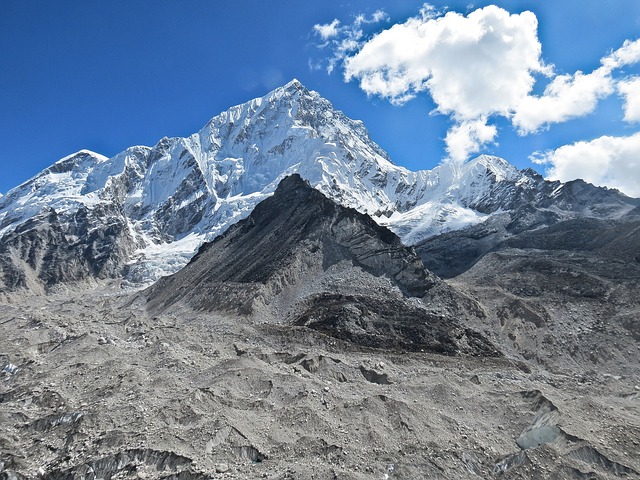
Everest Base Camp Trek
Why is Everest Base Camp a Best Trek?
A challenging hike that leads you passed Himalayan giants to the foot of world’s mightiest mountain.
Where is it?
Northern Nepal, Asia. Start at Lukla and head toward Mt Everest.
How long does it take?
124 km (77-mile) return trek taking 11-14 days.
Who is it for?
Anyone with average fitness and a desire to walk among giants.
Tell me more:
This challenging, high-altitude route passes many of the world’s highest peaks, numerous high mountain passes and a famous Buddhist monastery en route to Mount Everest (8,848 m/ 29,029 ft). The trek is lined with ice-capped summits and snaking glaciers, while offering an insight into those most idyllic of mountain peoples: the Sherpas.
It takes around nine days to reach Everest Base Camp (5,364 m/ 17,599 ft), beginning with a thrilling flight into the airstrip built by Sir Edmund Hillary at the UNESCO World Heritage site of Lukla (2,860 m/ 9,383 ft).
It’s an uphill trek from there, climbing through Himalayan foothills (mountains anywhere else in the world) to finally stand in front of the treacherous Khumbu Icefall, the mighty face of Lhotse (8,516 m/ 27,940 ft) and, of course, the world’s highest peak. The trek then turns around and follows the same path back down the mountain, so you can gasp at the scenery all over again.
Visit the world’s most famous base camp, passing some of the world’s greatest mountains en route.
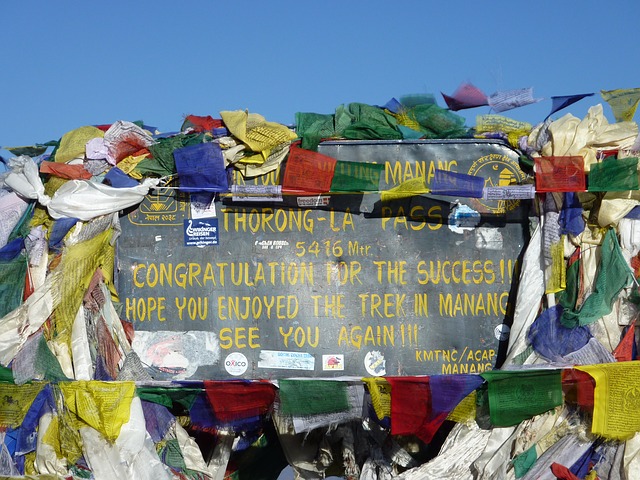
Annapurna Circuit
Why is the Annapurna a Best Trek?
Experience Nepalese hospitality in the shadow of deadly mountains on this strenuous Himalayan adventure.
Where is it?
Loops around the Annapurna massif in northern Nepal, Asia, starting and ending in Pokhara.
How long does it take?
220 km (137-mile) trek taking 15-20 days.
Who is it for?
Almost anyone, though a little cardiovascular preparation is advisable given the trek’s high altitudes and strenuous nature.
Tell me more:
Passing over the world’s highest mountain pass, circling around some of the world’s deadliest mountains and experiencing the greatest elevation changes of any Himalayan trek, the challenging Annapurna Circuit promises much and delivers even more.
At times, this strenuous trek follows roughly cut roads which are regularly damaged by tumbling mountain rocks. Elsewhere, it is a classic hiking trail, navigating an awe-inspiring mountainous landscape to the landmark high point of Thorong La Pass (5,416 m/ 17,769 ft).
Inn-to-inn accommodation is provided by local tea houses, and the evenings in the hospitality of locals is often one of the highlights of this trekking experience.
Hiked independently or with a tour group, the Annapurna Circuit is one of the world’s most awe-inspiring treks.
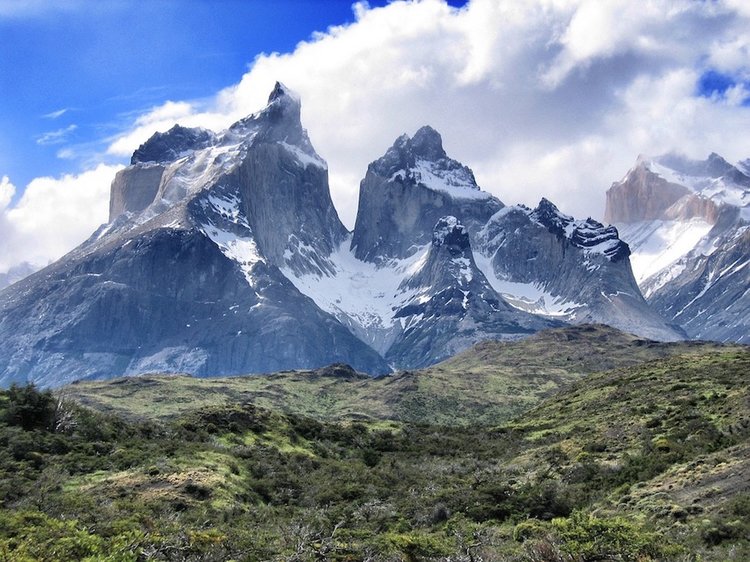
W-Circuit (Torres Del Paine)
Why is the W-Circuit a Best Trek?
Navigate the famous jagged peaks of Torres del Paine while passing crystal clear glacial lakes and the Patagonian ice field that made them.
Where is it?
Chile, South America.
How long does it take?
71 km (44-mile) trek taking 4-6 days.
Who is it for?
Anyone, the terrain is rarely challenging (but the views are spectacular!)
Tell me more.
On the tip of the Patagonian ice field lies a massif containing 24 jagged summits. The most famous are the three narrow towers that lie in the north-east corner of the massif, a UNESCO Biosphere Reserve. On the opposite side snakes Grey glacier which ends in the glass-like Lago Grey.
The trek’s name comes from its shape, as the circumnavigation is interrupted by two incursions into the massif’s interior. The first follows a glacier to Valle Francés, the second a scramble alongside the river Rio Ascensio to see the famed three towers up-close.
And if this trek isn’t enough of a challenge, you can always opt for the O-Circuit which takes you all the way around to the glacial lakes of the north side. Both camping or refuges are available, so you can pick the South American adventure to suit you.
The stunning, glacial massif gives more to the eye than it demands of the body, making this a South American adventure for anyone.
Routeburn Track
Why is the Routeburn Track a Best Trek?
One of several great New Zealand treks, the Routeburn Track takes in the alpine landscape that was the making of this island nation (literally!)
Where is it?
In the north of New Zealand’s South Island.
How long does it take?
39 km (24-mile) trek taking 2-4 days
Who is it for?
Some trekking experience is an advantage, but going with a guide is one way to make this trek accessible to anyone.
Tell me more:
The landscape of New Zealand’s South Island are defined by the spine of mountains that run through its centre, the Southern Alps. Among the northerly tip of this wild landscape lies a short trek whose vast diversity belies its length: the Routeburn Track.
Alpine flora, dense forest, panoramic vistas and shimmering lakes mark the entirety of the trek’s route. Trekkers are often accompanied by spectacular views of the snow-capped Southern Alps. Trekking through Fjordland National Park, this ‘tramp’ (the New Zealand word for trekking) winds up and down, from mountain passes to glacial valley floors.
The Routeburn Track is one of several famous New Zealand treks, which also include the Milford Trek, once voted the world’s greatest trek, and the coastal Abel Tasman trek, whose length is lined with golden beaches. Unlike these treks, the Routeburn Tracks treks through the very heart of the rugged scenery that makes this island nation the envy of nature lovers the world over.
Discover New Zealand's wild potential on this great wilderness trek.
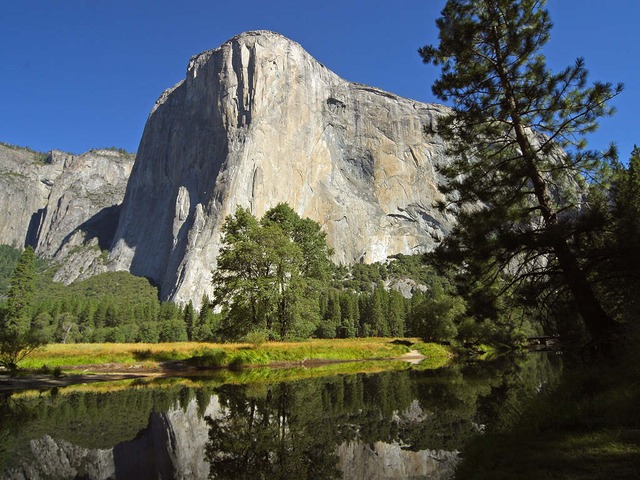
John Muir Trail
Why is the John Muir Trail a Best Trek?
The John Muir Trail is the quintessential trek through superlative American landscape, ending on top of the highest peak in the contiguous United States.
Where is it?
Yosemite National Park to Mount Whitney, California, USA.
How long does it take?
348 km (216-mile) trek taking anywhere from 10-30 days, depending on your pace and route variations.
Who is it for?
Anyone.
Tell me more:
A wilderness named after America’s pre-eminent nature photographer, the world’s tallest trees and numerous National Parks all feature on one of America’s great hikes. Named after the conservationist who helped develop the National Park system, this American landscape adventure follows much of the route of that great trans-American trek: the Pacific Crest Trail.
The route, which includes eight mountain passes over 3,000 m (10,000 ft) travels from Yosemite National Park to the summit of Mount Whitney (4,421 m/ 14,505 ft). If this is not enough, why not add in a few detours and climb the ladders to the top of Half Dome (2,694 m/ 8,839 ft) or bag a few other Sierra Nevada summits en route.
This trek is one that can accommodate a range of fitness levels, with options ranging from speedy 10-11 day itineraries to 30-day leisurely strolls. Whether you want to stop and smell the alpine flowers, or race to reach the Mount Whitney finishing line, the John Muir Trail can be pitched to match your desires.
When it comes to an all-American adventure that can be enjoyed by average Joes and ultra-runners alike, the John Muir Trail is the trek of choice.
Overland Track
Why is the Overland Tracka Best Trek?
92% of walkers rate this as one of their best treks; travelling through the wild interior of Tasmania, it’s easy to see why.
Where is it?
Tasmania, south of the Australian mainland
How long does it take?
65 km (40-mile) trek taking 6-8 days
Who is it for?
Well-prepared trekkers with decent fitness levels (you’ll need to carry a full pack and average 12 km (7.5 miles) per day).
Tell me more:
To the south of Australia lies the lush island landscape of Tasmania, the antipodean answer to the wild landscape of Scotland. Winding through the heart of the remote Cradle Mountain/Lake St Clair National Park is a challenging, wild trek to match any other in the world: the Overland Track.
Beginning in the shadow of Cradle Mountain, Overland Track trekkers can look forward to an adventure through valleys carved by glaciers, ancient forests, alpine meadows and the rich scents of eucalyptus forests. For those wishing for more, you can choose to bag Tasmania’s highest summit, Mt Ossa (1,617 m/ 5,305 ft) around the halfway mark.
At the northern tip of Tasmania’s deepest lake, Lake St Clair, trekkers choose either to take the ferry down to the lake or add an extra day to trek along the shoreline (an additional 17.5 km/ 11 miles) to finish your trek and return to ‘civilisation’. After a week backcountry camping, you may welcome this end or wish to turn around and head back out into the bush.
Far from the red earth interior of the Australian outback, this wild, alpine adventure reveals the diverse beauty of this idyllic island.
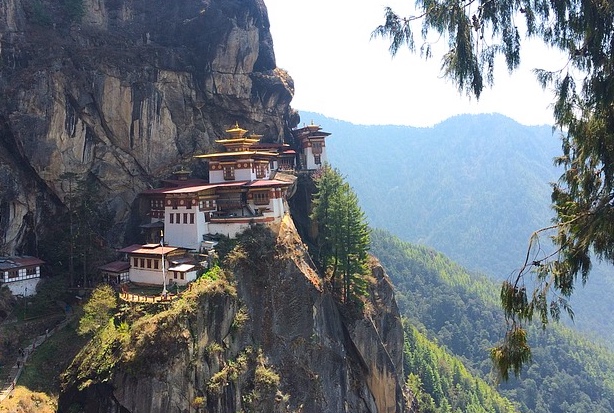
Snowman Trek
Why is the Snowman Trek a Best Trek?
The toughest trek in the world that reveals some of the rarest wildlife in a nation famed for its happiness.
Where is it?
A semi-circular route from west to east through northern Bhutan, Asia.
How long does it take?
348 km (216-mile) trek taking 17-26 days
Who is it for?
A strenuous challenge, a decent level of fitness is advised (be sure to include time to acclimatise to the altitude on arrival).
Tell me more:
In a country famed for being the world’s happiest nation winds “the toughest trek in the world”. With nine mountain passes higher than 4,500 m (14,764 ft), the Snowman Trek is the Himalayas’ highest and longest trek. But it is not all about endurance and hard work: the Snowman trek also offers the chance to see the rare snow leopard, among other mountain creatures.
Trekking a semi-circle from Drugyal Dzong in the west, the route splits off into two variations when it turns back south at Thangza village: the shorter variant (17-20 days total) or the longer variant (24-26 days).
The longer trek, also known as Snowman Trek II, includes a visit to the base camp of the world’s highest unclimbed mountain, Gangkar Puensam (7,564 m/ 24,816 ft).
Rare wildlife, unclimbed mountains and untouched landscapes: there is much to love about this challenging high-altitude trek.

LATEST BLOG POSTS
I quit the rat-race to live a more adventurous life. This is my journey.



